The Pixel 7 Pro feature I'm most excited about will change phone cameras
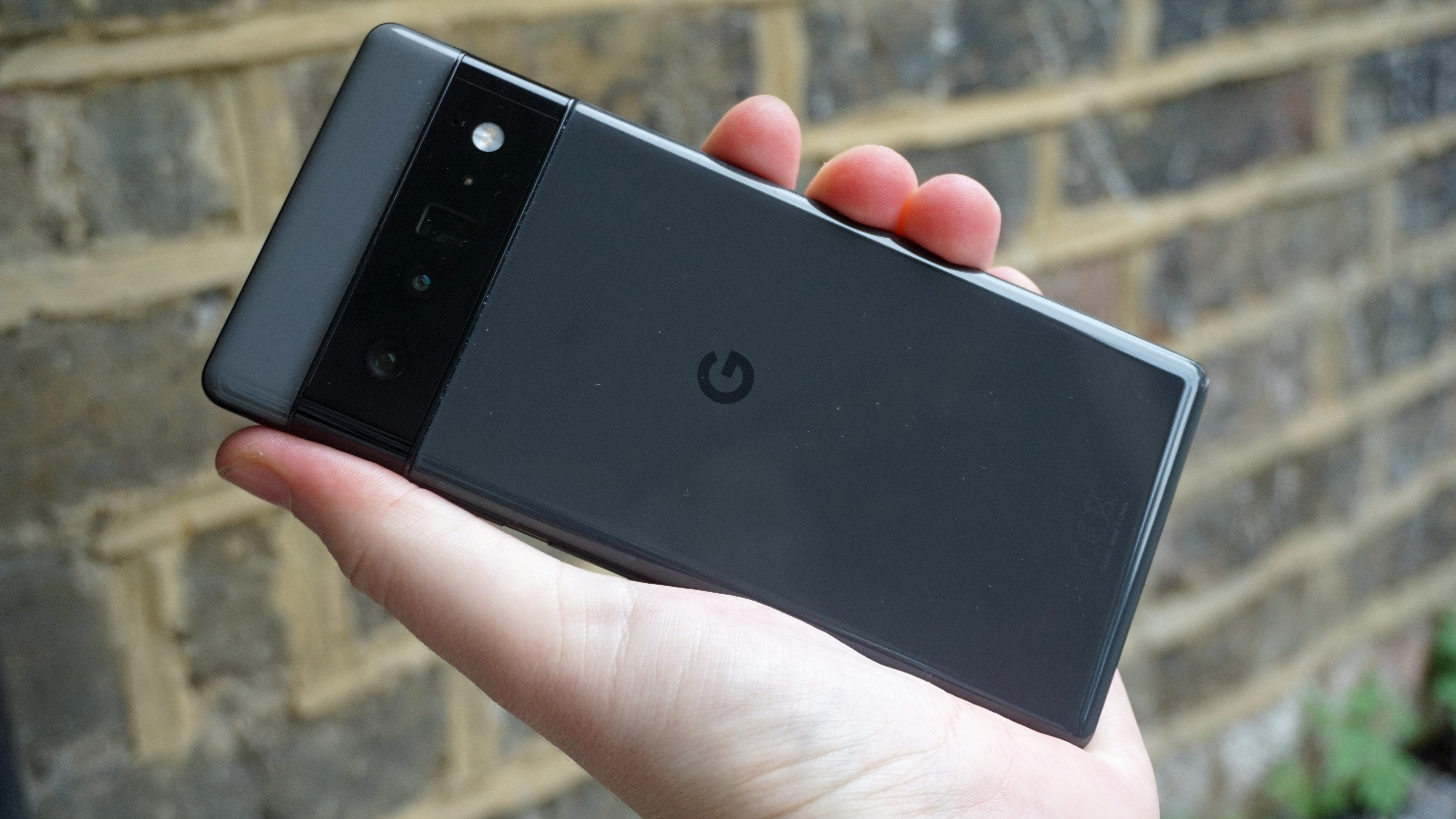
When I wanted to improve my photography, I started thinking about new perspectives. Where could I put my camera lens to make something familiar seem new and interesting? The recent leaks for the Google Pixel 7 and Pixel 7 Pro have not seemed new and interesting, but there is one feature Google is expected to announce that is very exciting to me, and it concerns macro photography.
Macro Focus mode was one of several features teased in a recent specs leak for the Pixel 7 and 7 Pro. These upgrades - which also include a possible jump in optical zoom from 4x to 5x - suggest the Pixel 7 Pro could be a true contender for best camera phone when it debuts at today's Pixel 7 launch event (follow our Pixel 7 event live blog for all the latest news on that front).
But it's the macro capabilities that I'm most intrigued by, and I can’t wait to see what Google does with them on the Pixel 7 Pro.
Macro photography lets me put the camera lens closer. When we think of macro photography, we usually think of extreme close ups of interesting subjects, like a bug’s eye. I’m a huge sucker for flowers myself, and I love a macro shot of an intricate pistil.
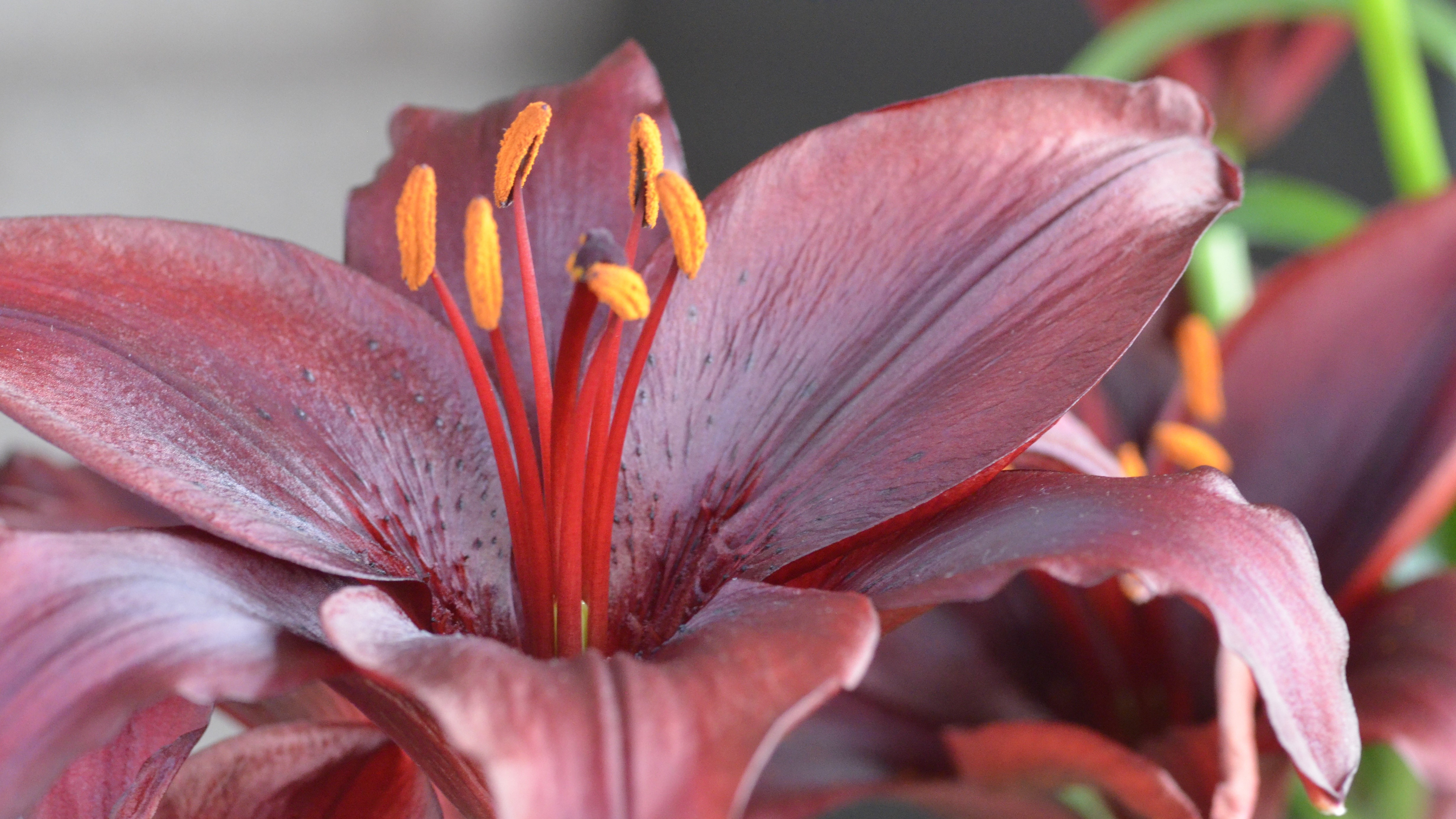

Macro photography doesn’t involve any camera trick, you just need a zoom lens capable of a very short focal distance. You need to get within a few centimeters to fill the frame with your subject.
When I'm out with my camera, I carry a 105mm macro lens, which is essentially a 3X zoom. A normal 3X lens is an intermediate telephoto that lets you get a bit closer to your subject. With a macro lens, I can get very close, inches away, and still keep things sharp.
That means I can capture the fine details on mushroom gills while hiking, or reveal pores in a fossil at the natural history museum. I’ve captured an eyeball or a butterfly wing here and there with my Nikon D750. Macro on a smartphone will be even more versatile.
Sign up for breaking news, reviews, opinion, top tech deals, and more.
That’s because macro shooting with a full-frame DSLR camera requires a lot of light. With that in mind, I usually bring a flash if I’m shooting macro; I love flowers because they tend to congregate under bright sun.
I wouldn’t bring my macro lens to a fancy dinner, because I’d have to keep popping the flash, which would disturb my neighbors. This is where smartphones, and especially Google, come in - because smartphone cameras know plenty of low-light tricks.
Smartphones punch above their camera weight
The best DSLRs and best mirrorless cameras don't need to rely on tricks, because they have a big lens, a big sensor, and plenty of distance between the two. Those are the ingredients for great photography. Smartphones have none of those, so smartphone makers have instead relied on innovative hardware and software tools.
So far, the focus (pun always intended) has been on telephoto zoom and night photography. Samsung, for instance, takes zoom lenses and folds them like a periscope into the back of the Galaxy S22 Ultra. It takes up a lot of space, but it really works.
Focusing on macro won’t just enable weird microscope-like shots, it will improve most of the photos we like to take
Then the camera has other tricks, like taking multiple photos at night and combining all the information to create a better final shot. It even has software to predict what you’re shooting (especially if you’re shooting the moon) and fill in details artificially.
For telephoto and night photography, smartphones have reached far beyond what I would have thought possible. This is what makes me so excited about seeing what Google will do with macro photography on the upcoming Pixel 7 Pro.
Google and other phone makers have finally realized that improving macro imaging is the next step in smartphone photography. Focusing on macro won’t just enable weird microscope-like shots, it will improve most of the photos we like to take with our smartphones.
The macro story so far on iPhones (and others)
Apple added a macro mode with its iPhone 13 Pro camera, and it’s available on current iPhone 14 Pro and iPhone 14 Pro Max devices. When I get very close to a subject, the iPhone switches to an ultra-wide lens; it can focus on an object as close as two centimeters, less than an inch.
The upcoming Pixel 7 Pro is expected to have a similar wide-angle lens, but I’m sure Google will apply some of its photo magic to macro focus.
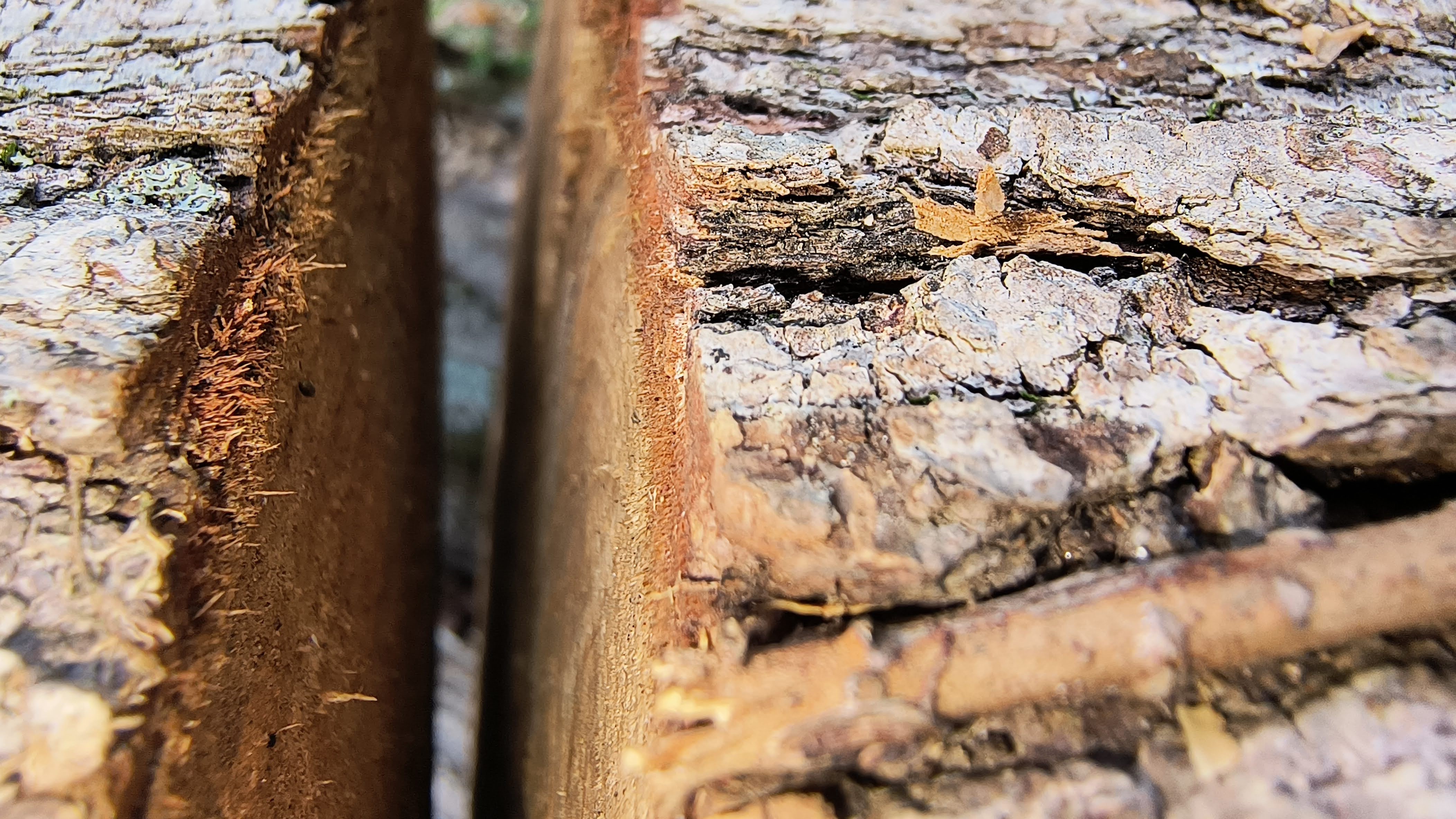
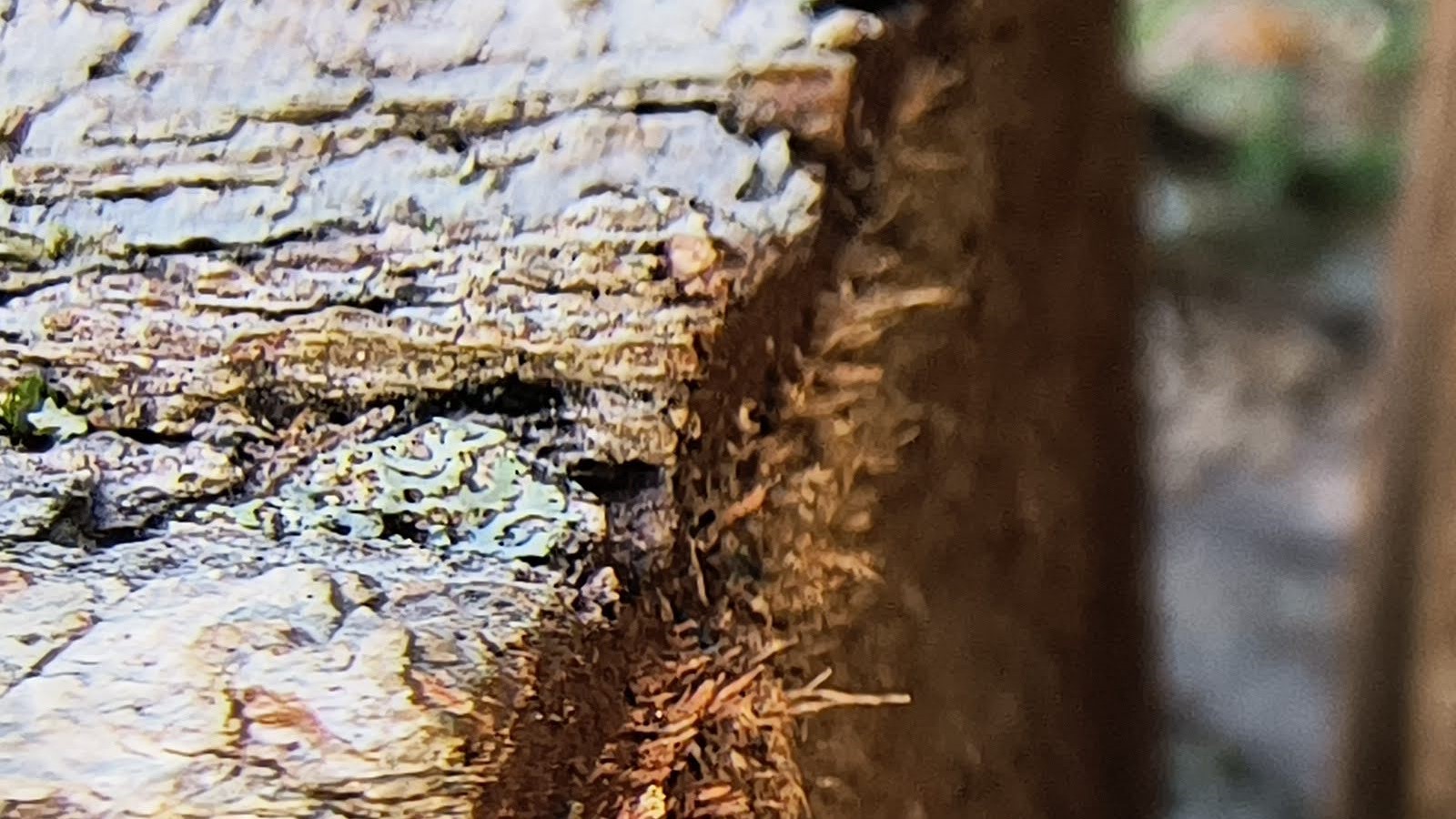
Motorola tried to get away with some digital macro magic on its Motorola Edge (2022) phone, a bargain device. It uses digital zoom and a ton of sharpening to make a macro image look good on the phone screen, but actual shots I took were horrid up close.
We take photos of the things that are closest
Most of the time I’m not looking to shoot craters on the moon or reflections on the Chrysler building - I’m showing the nooks and crannies in my breakfast sandwich; I’m detailing brush strokes on a painting; I want to photograph the fine lines in a facial expression, the fuzz on my puppy's face.
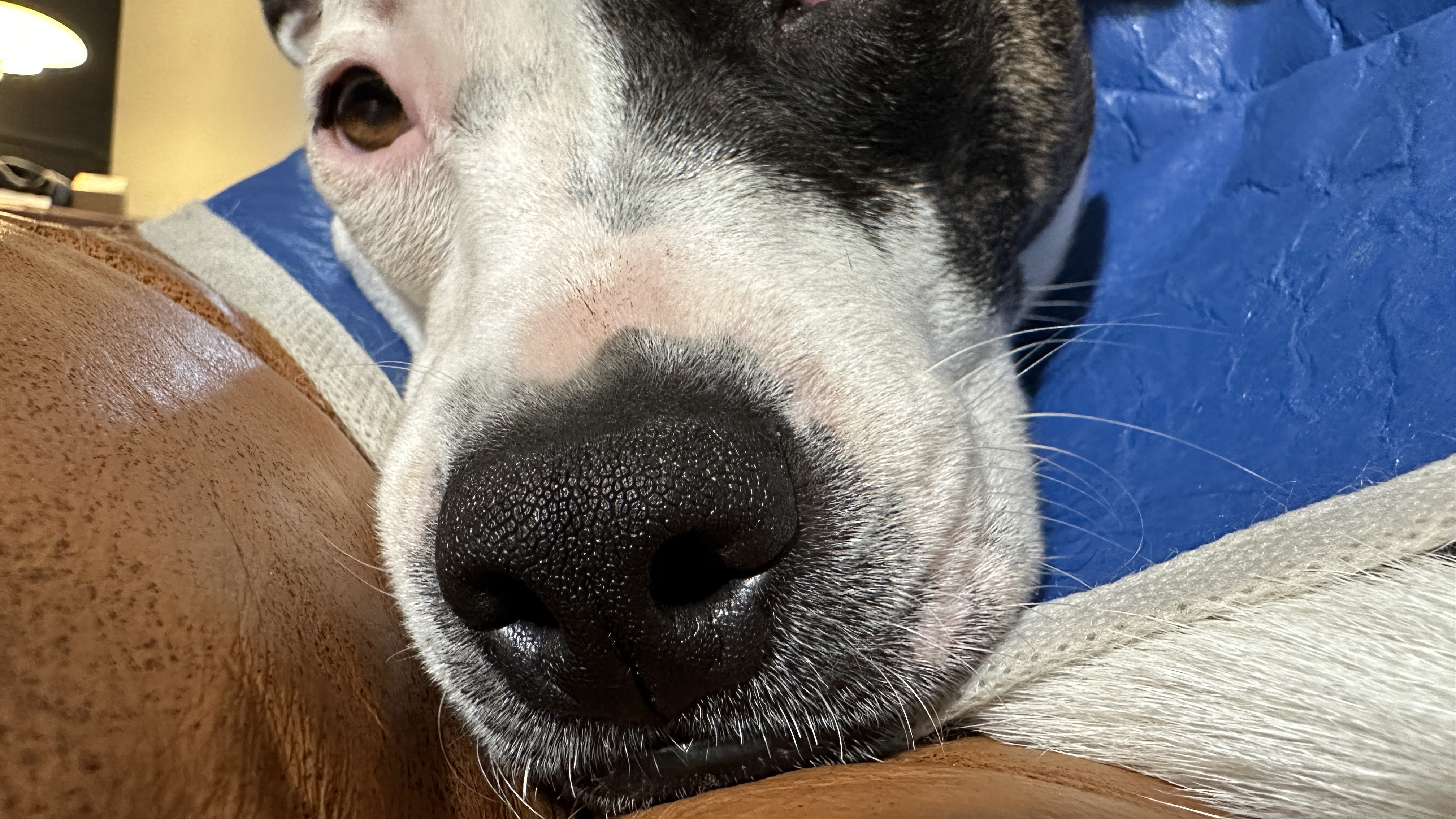
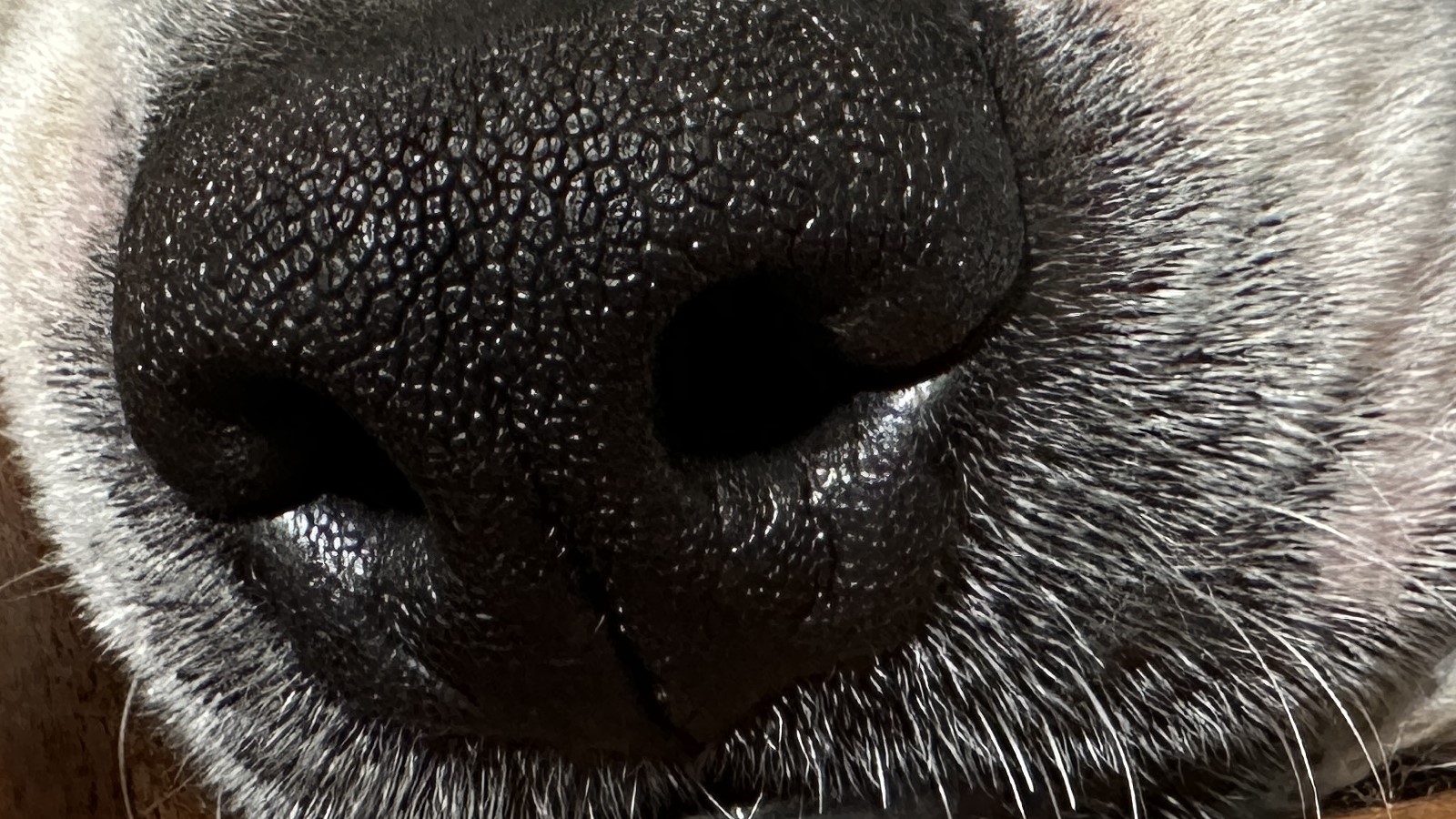
Smartphone cameras already do a good job with these photos, but we’re reaching the limit of how much better images can look. Phone lenses are (relatively) big, phone sensors are (relatively) big, and phone makers have optimized the distance between the two. We can keep improving the quality of the glass and the technology on the sensor, but not by much.
We'll find out exactly what Google has planned on this front at tomorrow's Google Pixel 7 launch event, and once we've tested the phone we'll know whether it will follow the Pixel 6 Pro on to our list of the best camera phones. But I'm excited either way.
By using its software intelligence to improve macro photography, Google could improve shots of things that are close to us, physically and emotionally – the things we like to see. These are the photos I’m more likely to take.

Starting more than 20 years ago at eTown.com. Philip Berne has written for Engadget, The Verge, PC Mag, Digital Trends, Slashgear, TechRadar, AndroidCentral, and was Editor-in-Chief of the sadly-defunct infoSync. Phil holds an entirely useful M.A. in Cultural Theory from Carnegie Mellon University. He sang in numerous college a cappella groups.
Phil did a stint at Samsung Mobile, leading reviews for the PR team and writing crisis communications until he left in 2017. He worked at an Apple Store near Boston, MA, at the height of iPod popularity. Phil is certified in Google AI Essentials. His passion is the democratizing power of mobile technology. Before AI came along he was totally sure the next big thing would be something we wear on our faces.